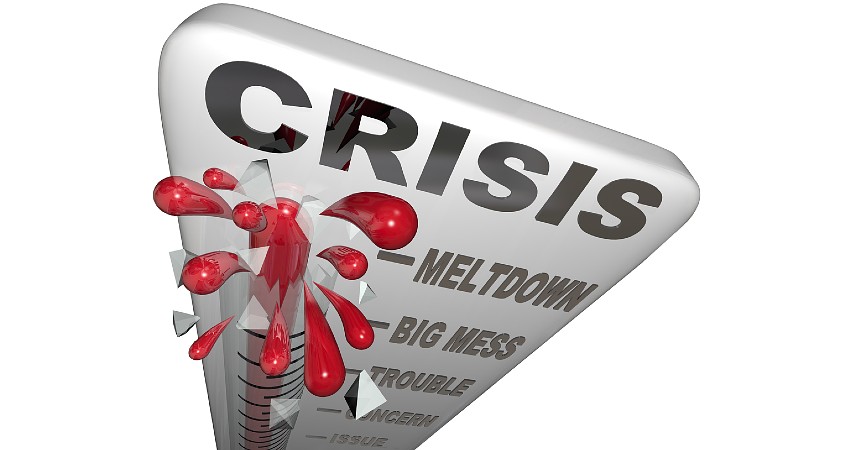CP: Does critical event management technology present new opportunities for channel partners? If so, can you give some examples?
JS: Yes, CEM is a new and bright opportunity for channel partners, who are often tasked with part of the emergency response (as an example security breaches, network hacks, etc), but may not today be a critical member of the emergency response team for their customers. The CEM offer allows them to venture into new business dialogues with their customers, including what technology spends are needed in data, analytics, video, security and cloud to ensure that their client can gather and react to a critical event.
This positions the partner to be a trusted adviser to their clients in a time in our market that is currently very chaotic. This enables them to be a resource for their customer to manage the risks and thus positions them beyond the standard partner relationship. Some examples include COVID-19 health alerts to change business rules on the fly, business closures based on weather or extreme civil unrest keeping employees out of harm’s way, re-routing materials and goods based on conditions.
JM: Yes. Over the years, we have significantly broadened our capabilities to meet our customers’ life safety, operational resilience, supply chain and IT alerting needs. … Providing these solutions to end users represents a few of the opportunities we have to work together.
CP: How can channel partners automate action to mitigate threats, track progress and analyze performance to improve future response?
JS: The CEM platforms in the market are the key to automating from risk to threats, to process and provide rich data for analyzing outcomes and improving future response. Every partner who is acting as a solution or business advisor to their clients should have at least one CEM in their solution offer and they should take advantage of the current risk-rich environment to set up meetings with clients and prospects to show them what is possible when you have a CEM platform in place.
JM: A CEM platform uses technology to take manual processes and automate them. Amplifying data feeds to provide richer intelligence and correlating threats with locations of assets and people, ensuring more rapid and comprehensive incident assessment and remediation.
CP: What do you hope attendees can learn and make use of from your session?
JS: Understand the risk-rich current environment, recognize that CEM is a critical technology tool in the business and government space, develop basic knowledge of options, and build a plan to offer CEM to clients (for vendors adding it to their bundles, for partners adding it to their offers).
JM: Attendees will learn more about CEM, and how to foster enterprise resilience to confront both current and future digital and physical critical events.


